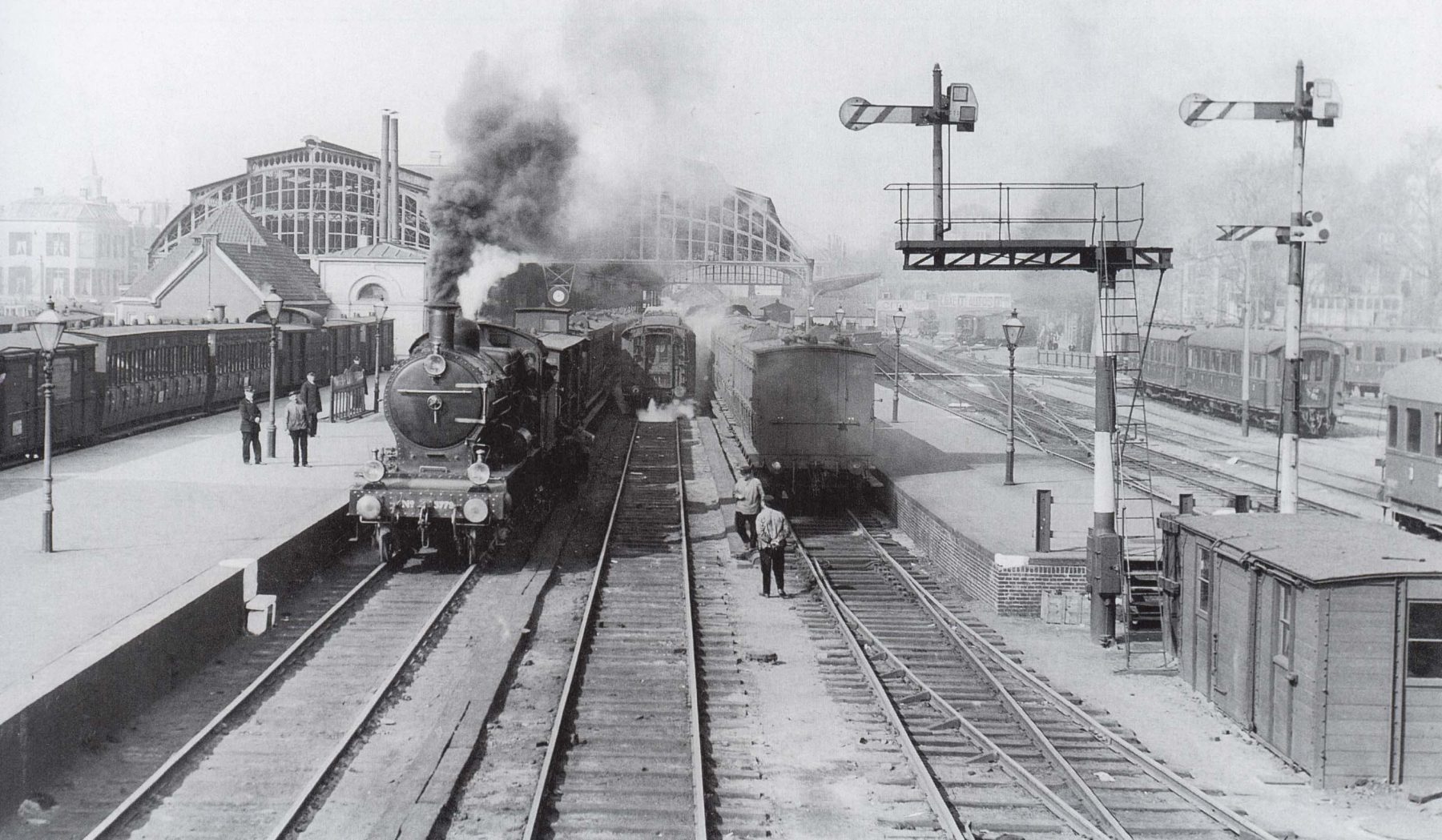How can history be used to inform present-day transport and mobility policies? The most recent book, edited amongst others, by Colin Pooley (Lancaster Environment Centre and Cemore), aims to answer this question. Pooley tells us why his latest book is an essential read.
Twenty-first century transport policy is constantly trying to reconcile the ability to move people and goods quickly and efficiently from place to place with the need to minimise the environmental impacts of such movements, and to maximise the accessibility of transport for all. This is a difficult balancing act as those transport modes that provide the fastest and most convenient forms of movement (principally motorised transport) are often also those that create the most pollution, while the cost and limited availability of convenient transport can lead to transport-related social exclusion for some. It is also the case that British transport policies have both changed rapidly over short periods of time, and that their stated aims have rarely been achieved.
British transport policies over the last two decades have done little to lessen either transport –related pollution or social exclusion
For instance the 1998 Labour government’s White Paper A new deal for transport (pdf) appeared to set out a framework for policies that explicitly recognised the environmental damage caused by road transport and the need for change. However, though there were some limited gains (especially in London) a shift away from sustainable transport policies came as early as 2000 with the publication of a ten year transport plan (pdf) that focused most attention on road and rail investment. Though there have been numerous subsequent documents purporting to promote sustainable travel (especially walking and cycling) they have mostly been subsumed beneath continued large-scale investment in road and rail (1). Overall, British transport policies over the last two decades have done little to lessen either transport –related pollution or social exclusion. Commitment to the HS2 rail scheme rather than more environmentally friendly and socially inclusive transport solutions is just one recent example.
British policy makers in most areas, including transport, also rarely view their brief through an historical lens. I argue that a stronger historical perspective would often help to create better policies and avoid (sometimes) unintended consequences. In part this may be the fault of historians for not making relevant material easily available for politicians and policy makers to use, but even where such data are provided (See for instance the History and Policy website) there is limited evidence that they influence policy making. One notable exception was the employment of full-time historians as advisors in the British Government’s Foreign and Commonwealth Office while William Hague (himself a published historian) was Secretary of State for Foreign and Commonwealth Affairs (2010-14).
Passenger transport in the past, for all its faults, was both more environmentally sustainable and more socially inclusive than transport today.
In the context of British transport policy I argue that passenger transport in the past, for all its faults, was both more environmentally sustainable and more socially inclusive than transport today, and that there is a need to consider policies that mirror – albeit with the use of modern technologies – the transport modes and options of the past. This can be illustrated by examining transport and mobility in Britain in the first few decades of the twentieth century.
A century ago all the modes that are used today for passenger transport and everyday travel in Britain existed, but the availability of some was more limited and they were used differently. While in part this was due to a combination of both cost and the technical limitations of newer transport modes, one effect was to create a transport landscape in which most people travelled in similar ways that were more sustainable than is the case with car-dominated transport of the twenty-first century. Motor cars were not only available to few, but those who had cars used them sparingly. This was not just due to high costs and early technical limitations as the use of cars mainly for leisure and special occasions rather than most routine travel such as commuting continued into the 1950s.
For all but the very rich most everyday travel was undertaken on foot, by public transport (especially buses and trams) and by bike. These were all seen as normal forms of transport that were cheap, convenient and (though mostly not a recognised concern at the time) relatively environmentally friendly. Though fewer long-distance trips were made in the past than is the case today, the number of trips made has changed little and both in the past and the present most everyday travel was/is over relatively short distances. Certainly people had less choice and sometimes travelled more slowly (though speeds of walking and cycling will not have changed and in busy urban streets the speed of public transport has changed little), but all except the richest would have travelled in similar, relatively environmentally sustainable ways (2).
One way to increase both the sustainability and inclusiveness of modern transport and travel would be by making the most polluting forms of transport (cars) difficult and expensive to use in most situations (especially urban areas), and by making cheap and sustainable public transport, cycling and walking both easier and more attractive. This could to some extent reproduce the transport landscape of the early twentieth century without necessarily greatly restricting the ability of people to travel.
The past does have relevance for the present and an historical perspective can contribute to improved policy making today.
Clearly the past does not repeat itself, and not all areas of policy making would benefit equally from an historical perspective, but I argue that it is often the case that an understanding of recent history can inform current policies. This theme is developed in a new collection of essays (3) that demonstrate, across a range of transport modes and issues, the ways in which an appreciation of the past could help to inform contemporary transport policies at both the national and local levels. The book is not only a plea for policy makers to be more aware of the past, but equally a call for historians to be more proactive in making available relevant information in a form that can be used by policy makers, and for historians to engage more directly with contemporary issues. All too often the past is viewed as something that is to be read about, viewed in television historical dramas or learned (possibly reluctantly) at school. Essays in the this volume seek to demonstrate that, in the field of transport policy at least, the past does have relevance for the present and that an historical perspective can contribute to improved policy making today.
(1) For a fuller discussion see Pooley, C. with Jones, T., Tight, M. Horton, D., Scheldeman, G., Mullen, C., Jopson, A. and Strano, E. (2013) Promoting walking and cycling: new perspectives on sustainable travel (Bristol: The Policy Press) pp. 7-11.
(2) For more information on travel trends over the twentieth century see: Pooley, C., Turnbull, J. and Adams, M. (2005) A mobile century? Changes in everyday mobility in Britain in the twentieth century (Aldershot: Ashgate)
(3) Divall, C., Hine, J. and Pooley, C. (eds.), (2016) Transport Policy: Learning Lessons from History, Farnham: Ashgate.




